Things to Do in Zagreb, Croatia
Travellers often flock to Croatia in search of sparkling oceans, sandy beaches and dramatic coastlines. One such example is the coastal city of Dubrovnik, which boasts resplendent views of the Adriatic Sea and a canopy of orange-tiled roofs that are best seen from its city walls.
Read: Exploring the Old Town of Dubrovnik, Croatia; Walking the City Walls of Dubrovnik
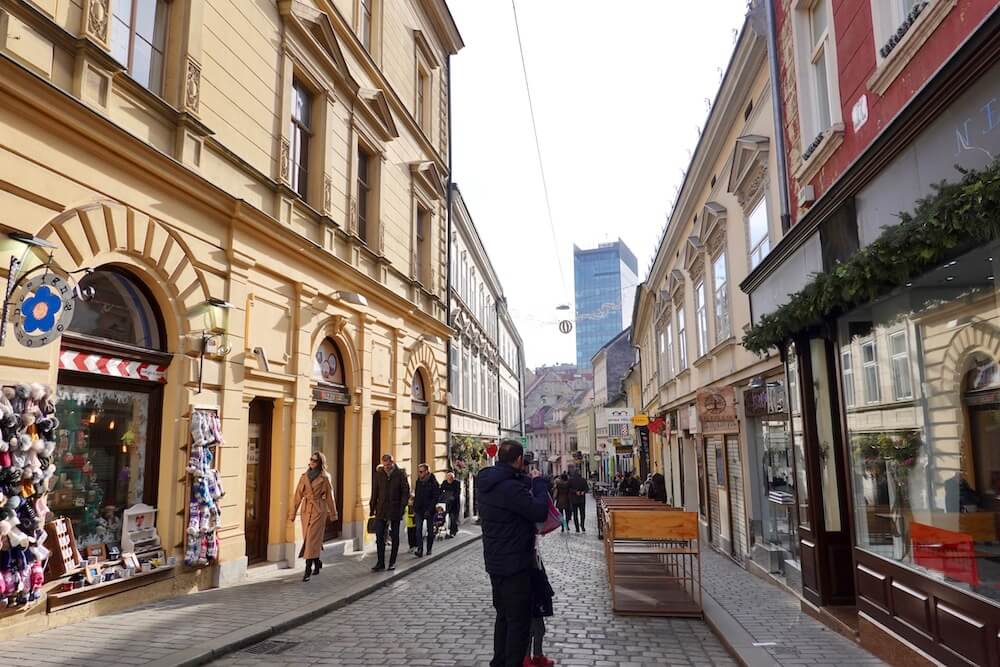
Not many go to Croatia for its cities; yet, Zagreb might be one destination that will surprise any curious visitor. Comprising Croatia’s largest and capital city, Zagreb is a dynamic mix of old and new. Adorned by 18th- and 19th-century Austro-Hungarian architecture, the city is divided into two segments – the Upper Town and Lower Town.
It’s easy to spend 1 to 2 days exploring the intricacies of the city. Here’s what you can see in the city’s Upper and Lower towns:
Upper Town
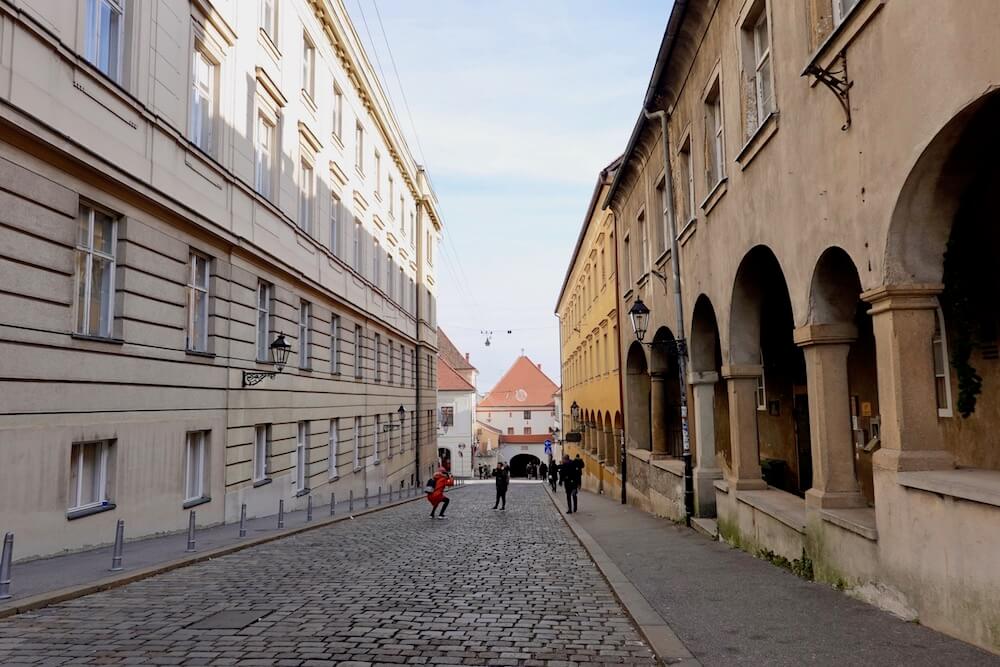
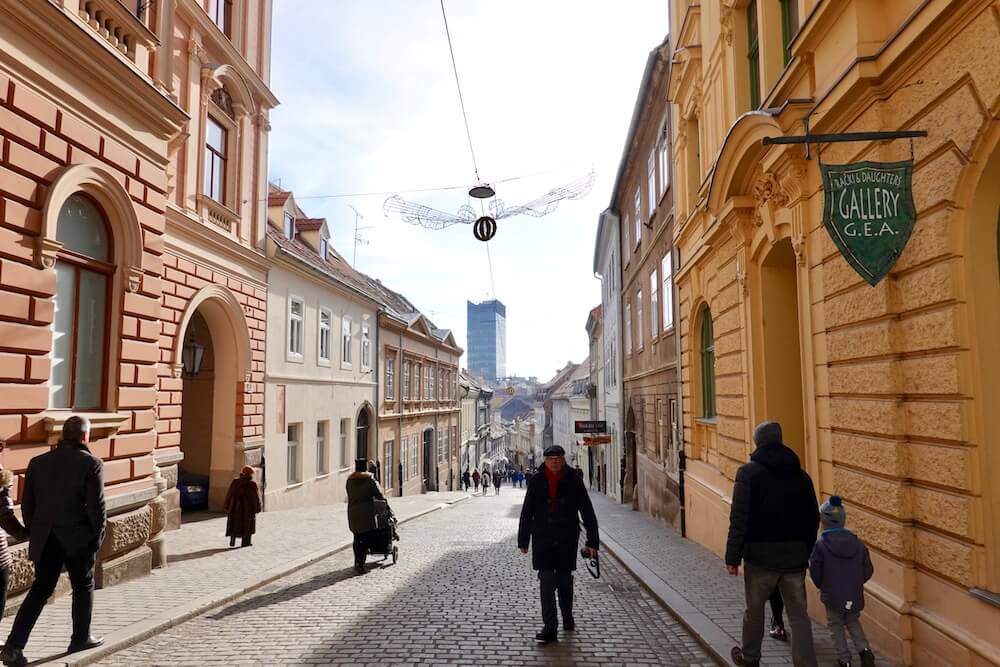
Zagreb’s Upper Town is essentially its Old Town, offering a charming treasure trove of rustic cobblestone streets and ornate buildings. The Upper Town is the heartbeat of Zagreb, where an intriguing blend of history and culture steadily pulsates through its streets.
To reach the Upper Town, you can choose to either ride on a funicular – which is also the shortest funicular in the world! – or climb up a long flight of stairs. The 13th-century Kula Lotrscak Lookout Tower is located next to the top of the funicular, and offers panoramic views from the top. Every day at noon, you’d hear the firing of a cannon – this is done from the fourth floor of the lookout tower to signal mid-day.
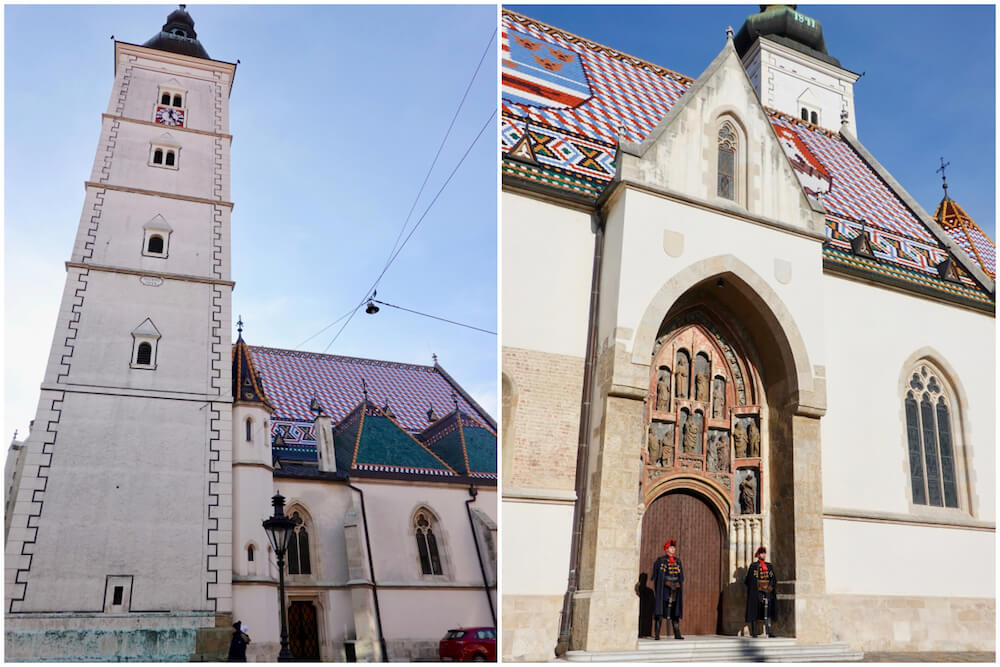
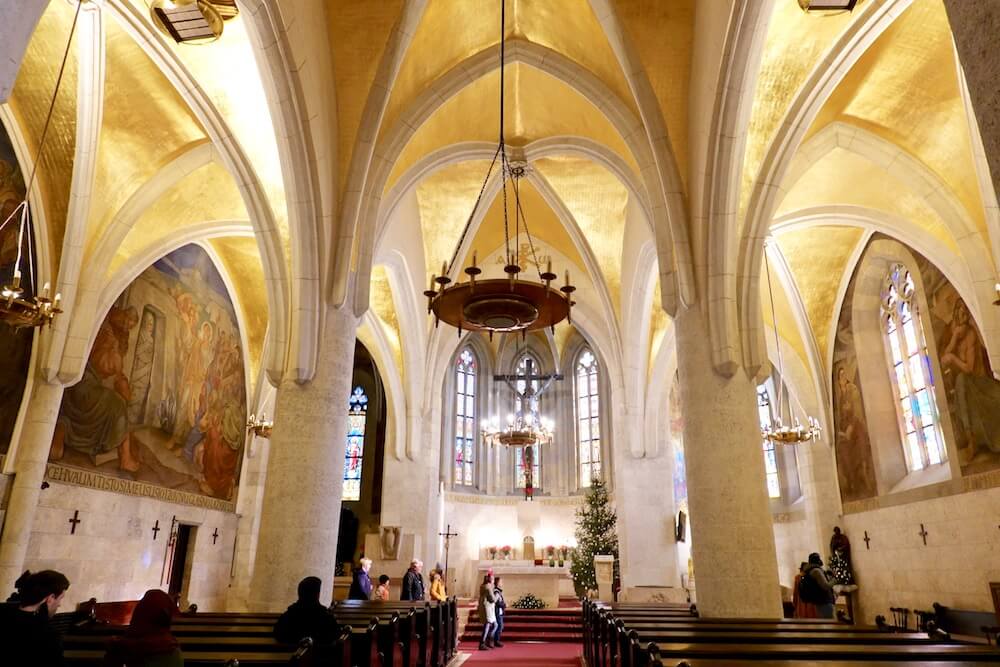
One of the Upper Town’s most iconic landmarks is the St. Mark’s Church, which has an eye-catching tiled roof. The tiles were laid back in the year of 1880 in the design of Zagreb’s coat of arms.
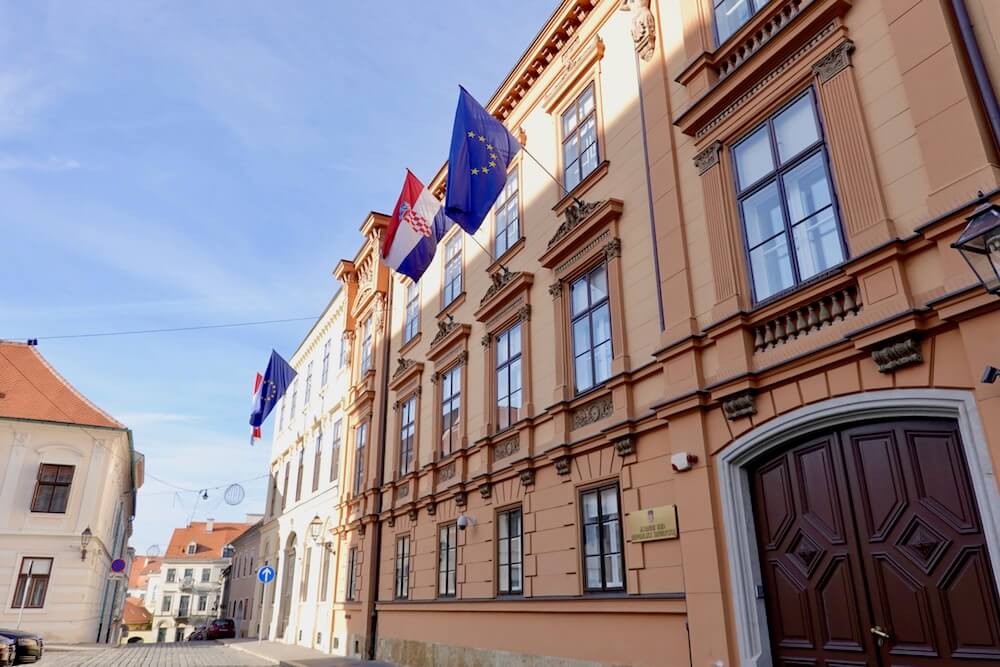
The church is in the middle of St. Mark’s Square, which is surrounded by Croatian government offices – including the Croatian Parliament Building.
The Upper Town is created from the merging of two smaller towns – Kaptol and Gradec – which actually existed as separate settlements. The towns date back to the 11th and 13th centuries, and were previously separated by a stream.
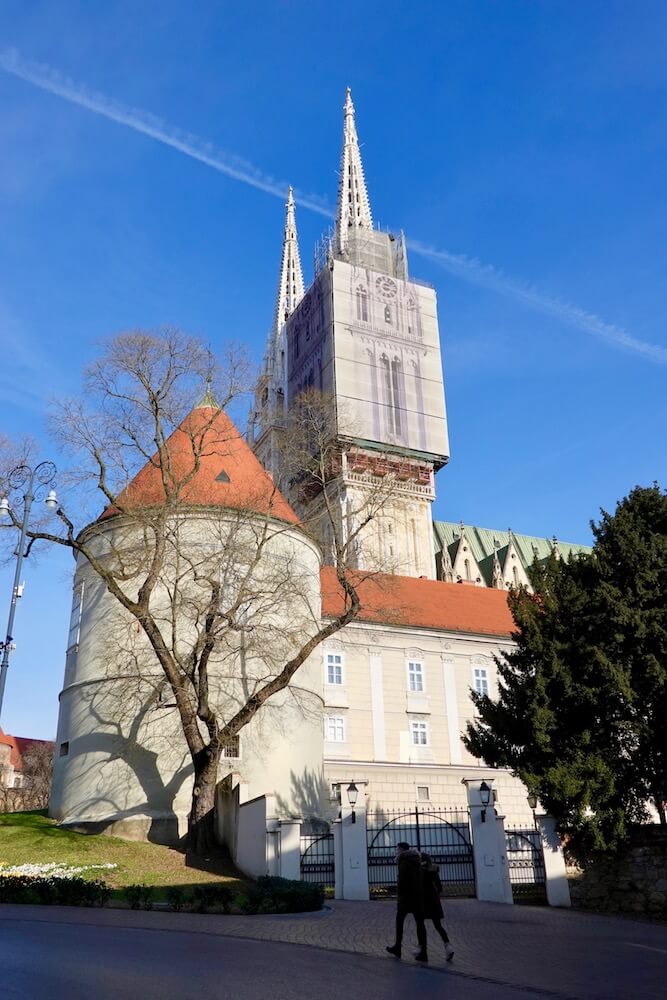
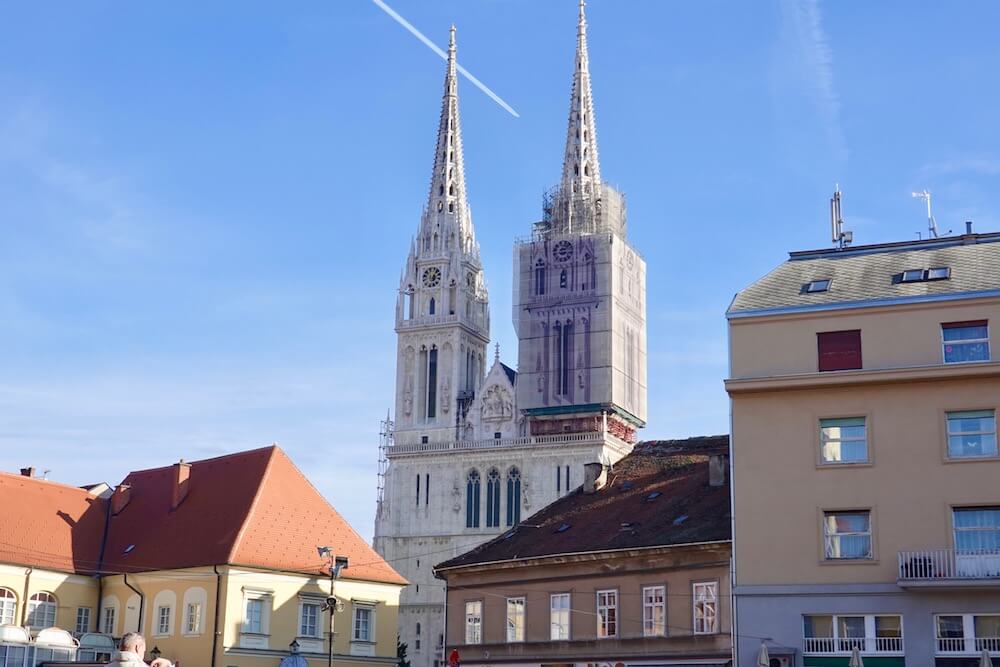
The main landmark of Kaptol is the Zagreb Cathedral, famous for its two iconic Gothic Spires. Reaching a height of 355 feet, the Zagreb Cathedral is the tallest building in Croatia. It was destroyed by Mongols in the 1200s and also sustained heavy damage in a 19th-century earthquake. The cathedral has been undergoing constant reconstruction ever since.
Built in 1093, the Cathedral was previously known as the Cathedral of the Assumption of Mary. Now, the Cathedral contains the tomb of Cardinal Aloysius Stepinac, with chandeliers on the ceiling that are reported to hail from a Las Vegas casino.

The Stone Gate is the only gate of Gradec that remains, which leads from the Upper Town to the colourful Radiceva Street.
In 1731, a fire ravaged the gate (that was wooden at the time); however, the fire bizarrely left one painting hanging inside the gate unscathed. This painting was that of ‘The Virgin and Child’, giving rise to the creation of an open-air chapel inside the gate where people come to pray to the Virgin Mary by leaving flowers and candles.
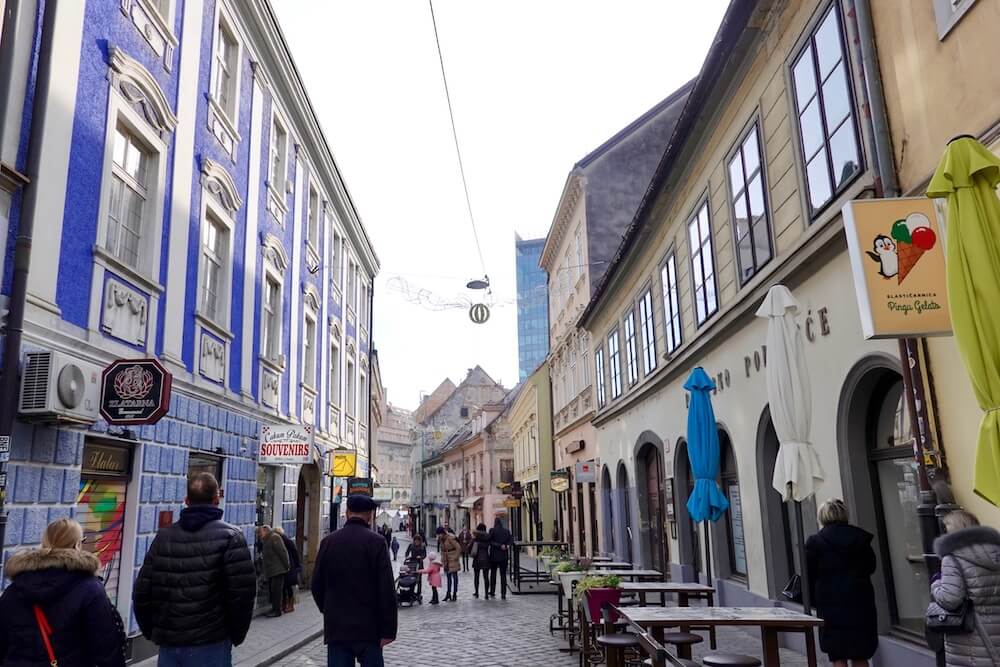
The Stone Gate leads to Radiceva Street, a delightful pedestrianised area lined with shops, al fresco cafés and restaurants.
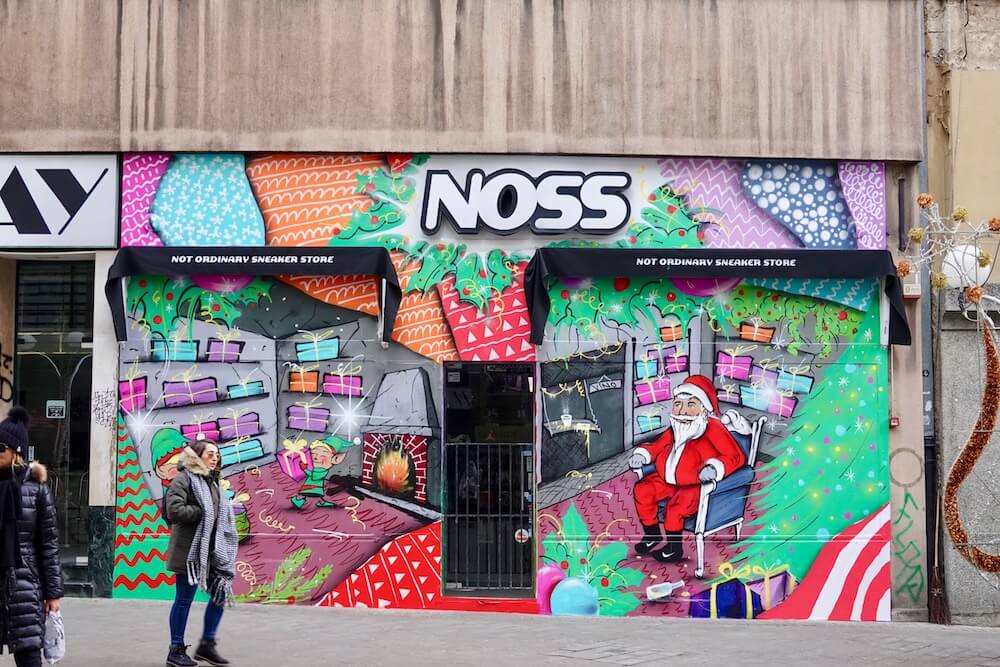
The street is lined with plenty of unique shops, and is a bustling hive of activity no matter the time of day. You can also walk back down to the Lower Town via Radiceva Street.
Lower Town
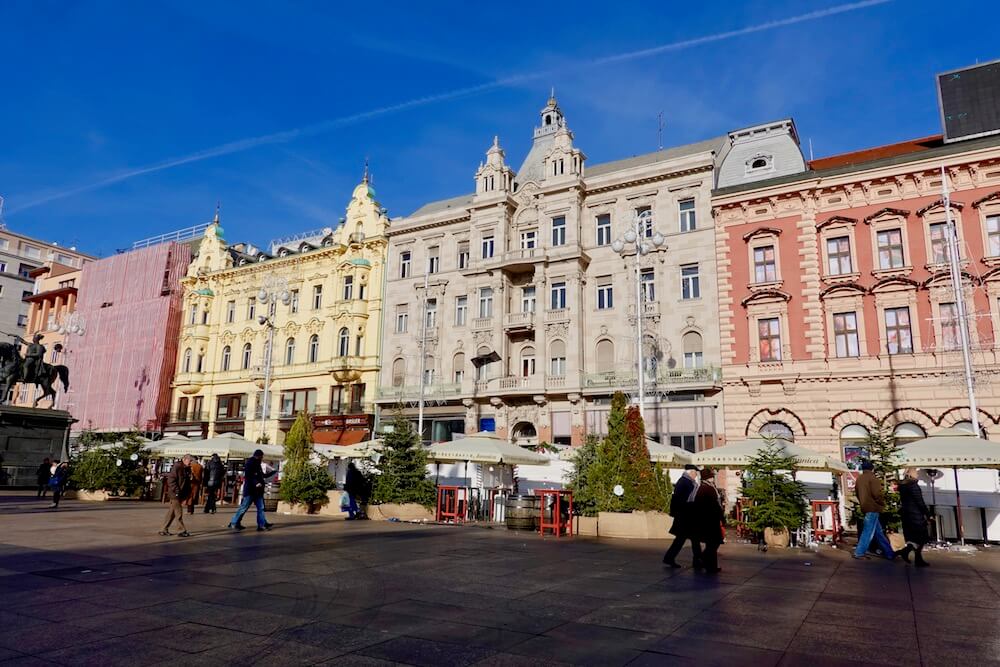
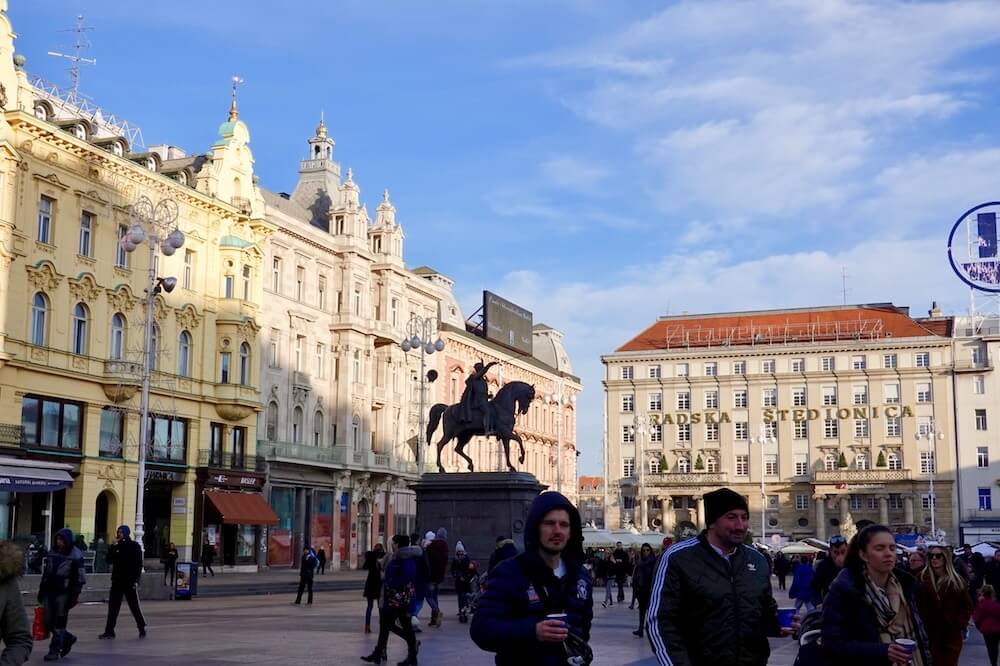
Think of Zagreb’s Upper Town as its nostalgic medieval core, with its Lower Town offering a blast to the future. Expect modern buildings and wide avenues, as well as various museums and sprawling green spaces.
The main landmark of the Lower Town is Jelacic Square. The square is named after Josip Jelacic, a famous Croatian hero that is known to symbolise Croatian nationalism. Due to this, his statue was kept in a cellar during communist rule in the 1900s. Now, his statue stands proudly in the middle of the square and now serves as one of the city’s main congregating points. The square is completely pedestrianised and served by seven city tram lines.
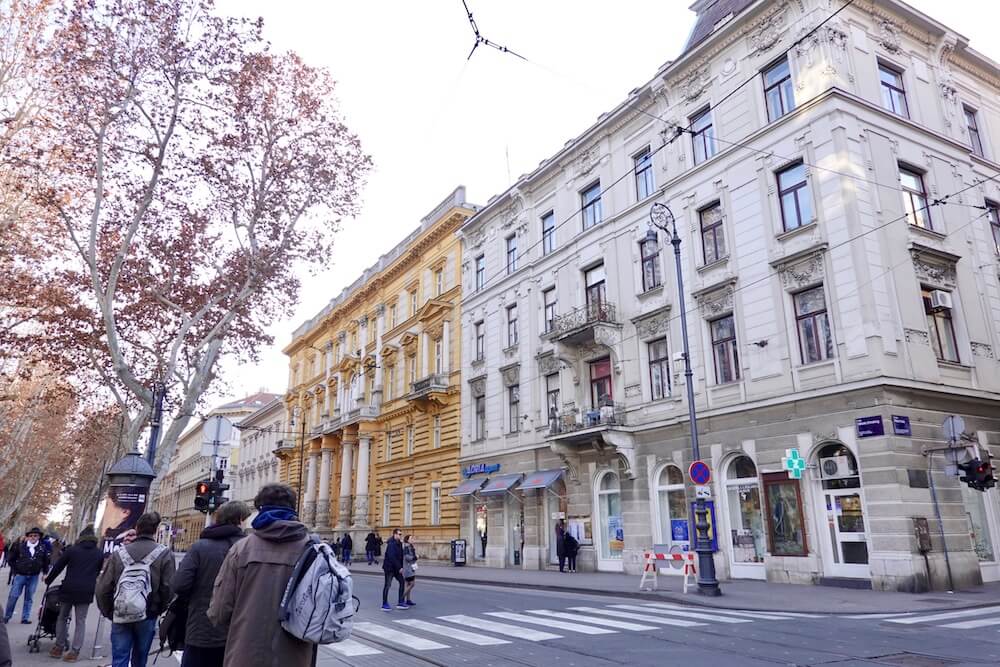
Leading from Jelacic Square to the Vrapce district, IIica Street is Zagreb’s main street. The street is packed with countless local international boutiques, making it a shopping haven for many.
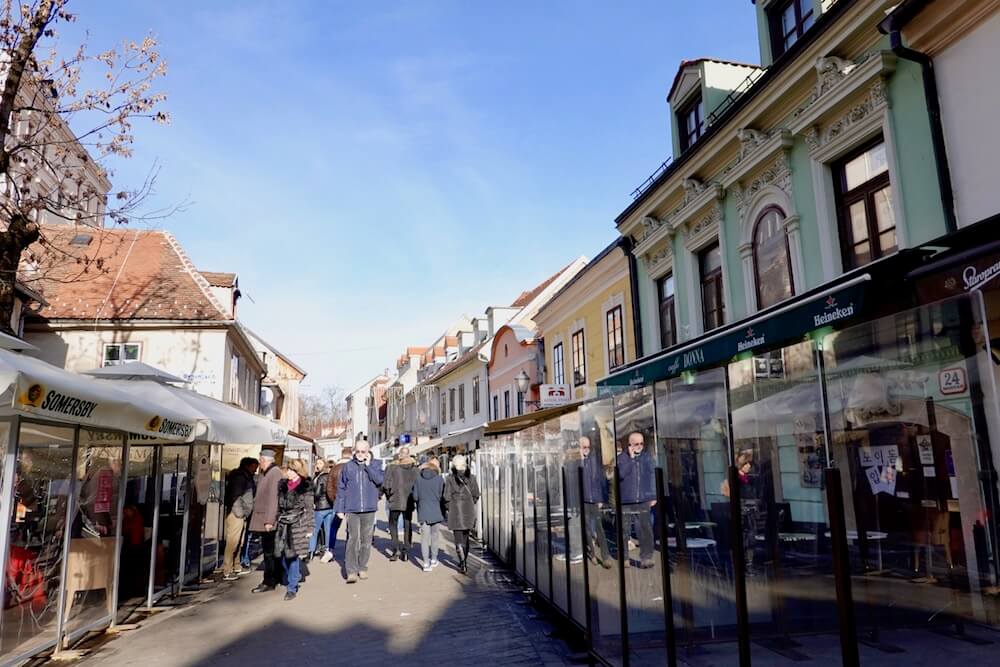
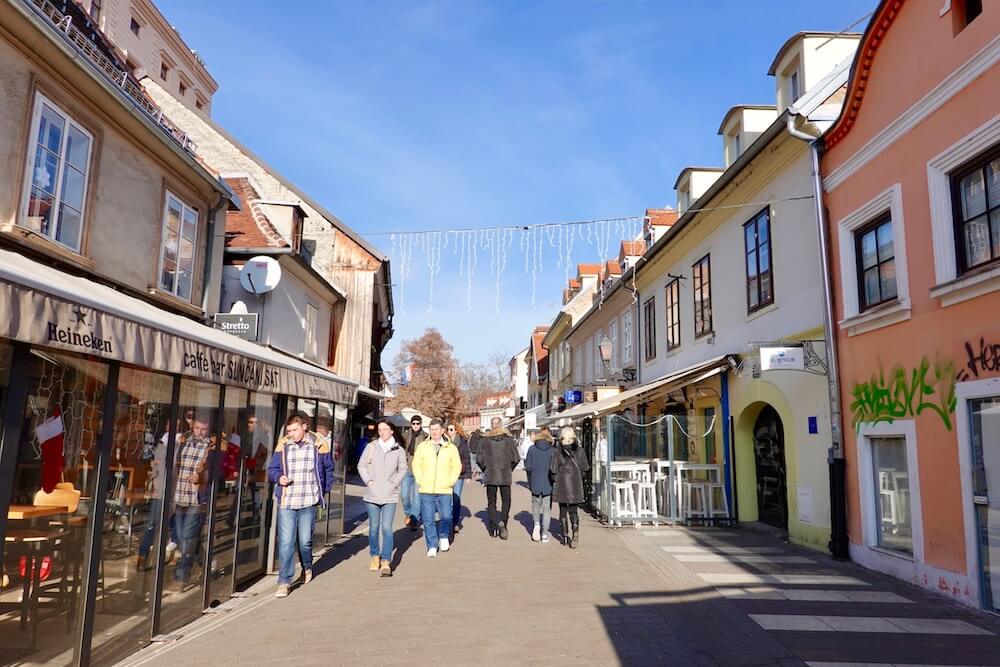
The Lower Town’s Tkalciceva Street, on the other hand, is one of my favourite places in the city. Home to a stretch of pastel shophouses comprising various cafés, restaurants and bars, the street makes for a great place to while away the afternoon whilst indulging in a bout of people-watching. When dusk falls, the street transforms into a romantic sojourn with live music playing in the background.
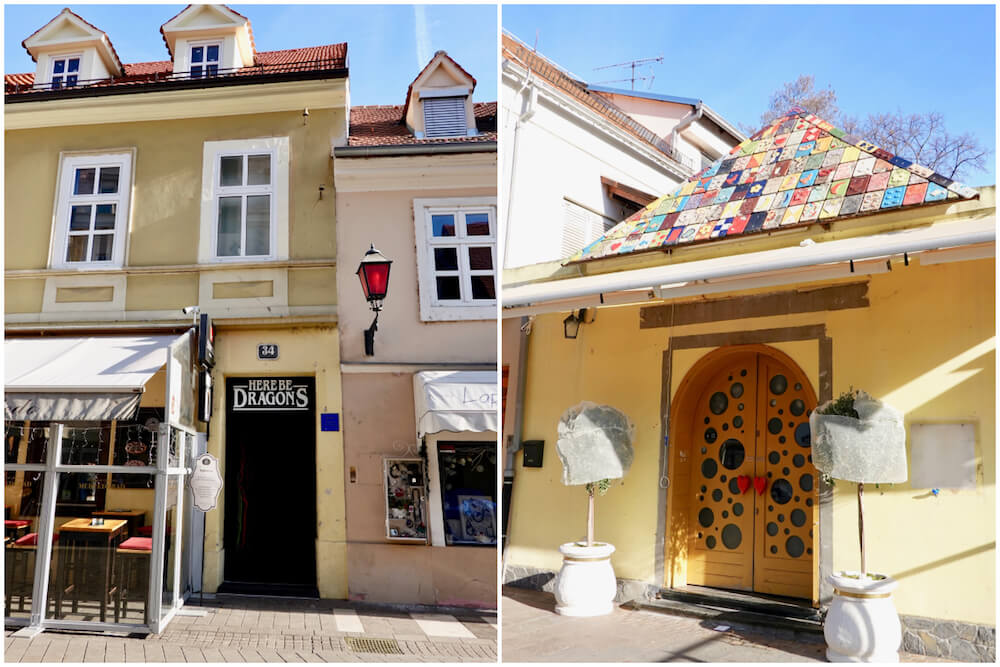
The street was previously a stream that separated Kaptol and Gradec; the stream was filled with gravel in the late 1800s and converted into a pedestrian street with plenty of unique shops.
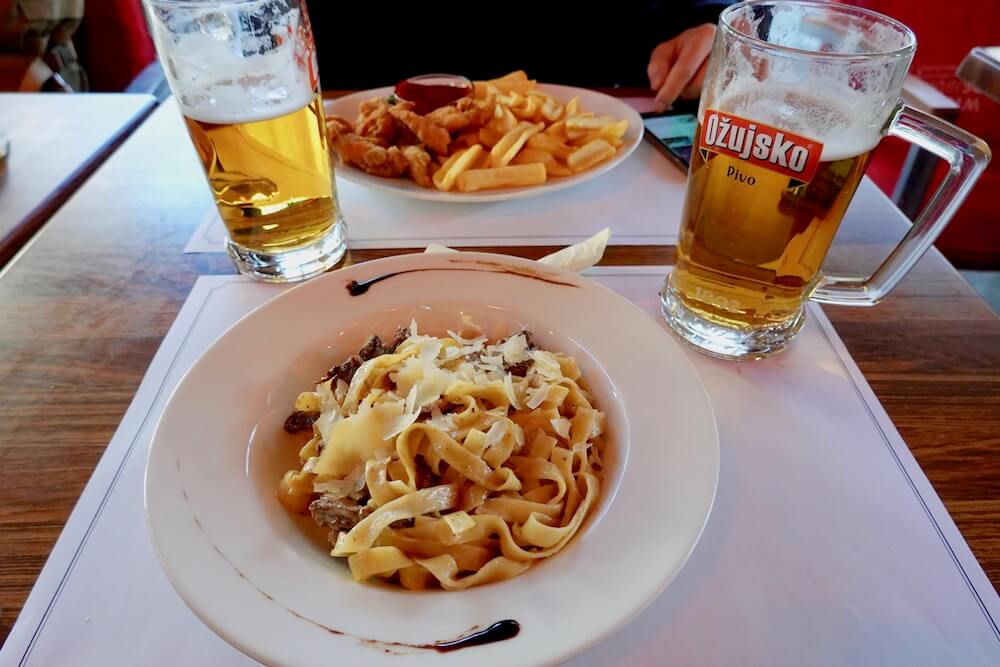
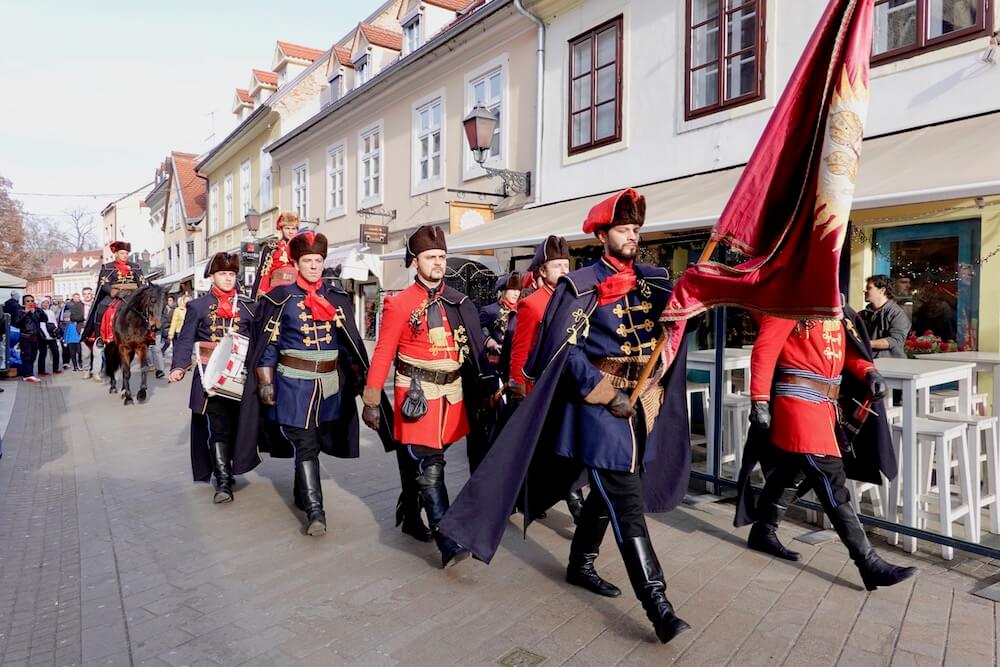
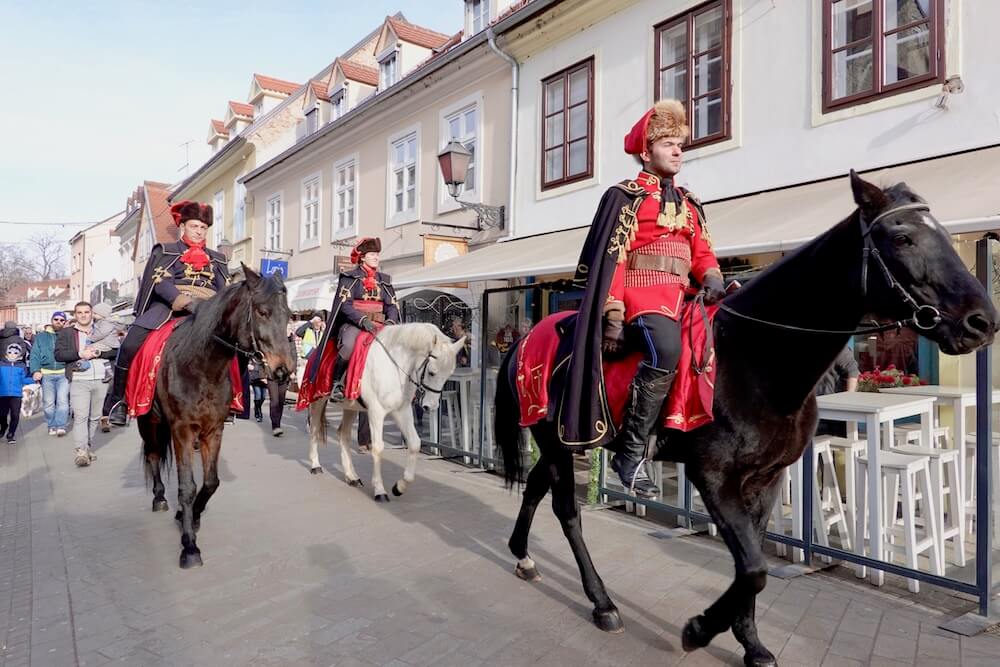
If you’re lucky, you might even be able to catch a parade of soldiers and their horses as you dine on your meal!
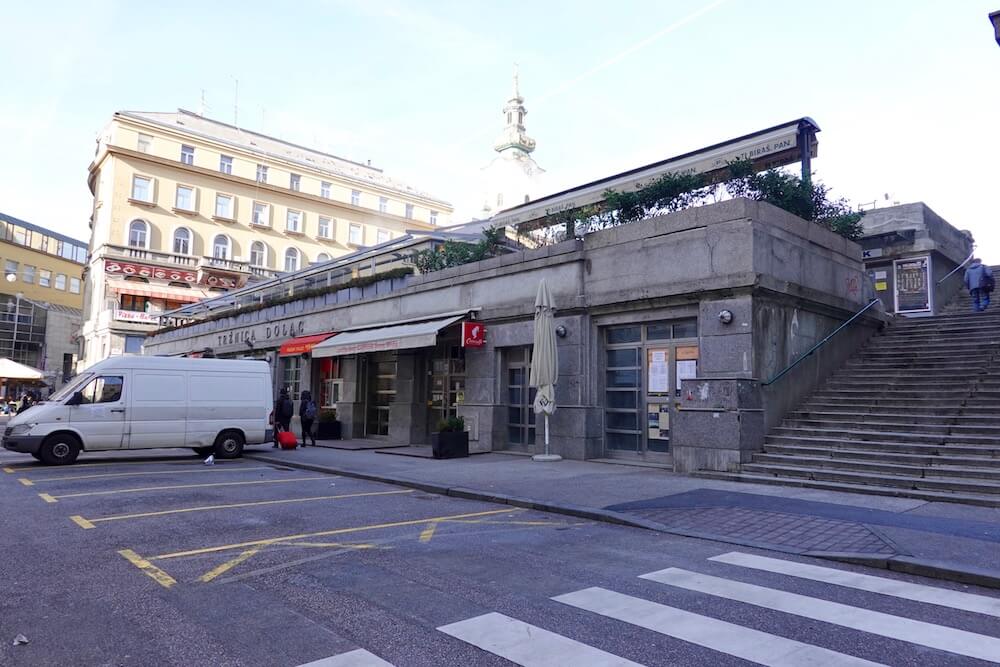
However, if you’re looking to gain insight into local life, look no further than Dolac Market. Dolac Market is Zagreb’s main farmer’s market, offering a smorgasbord of meat, dairy produce, vegetables, fruits and local creations. You’ll also find fresh seafood from the coast here! The stairs to the side of Dolac Market leads to Optovina, a beautiful lower market.
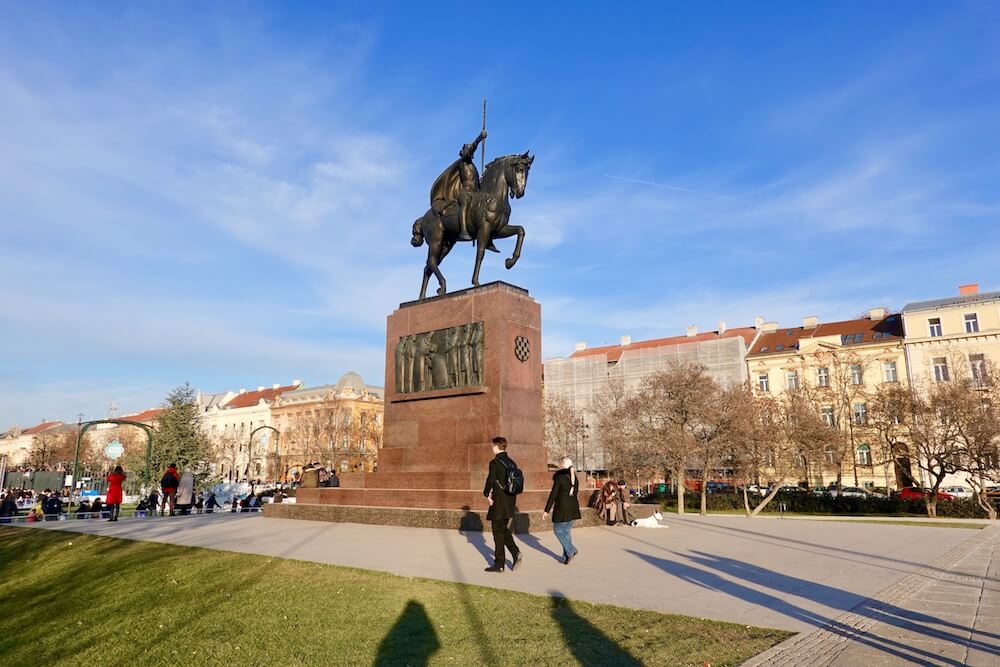
If you’re arriving in Zagreb from other parts of Europe, chances are that you’ll arrive by train. Visitors stepping out of the train station will receive a royal welcome by the statue of King Tomislav, the first Croatian king.
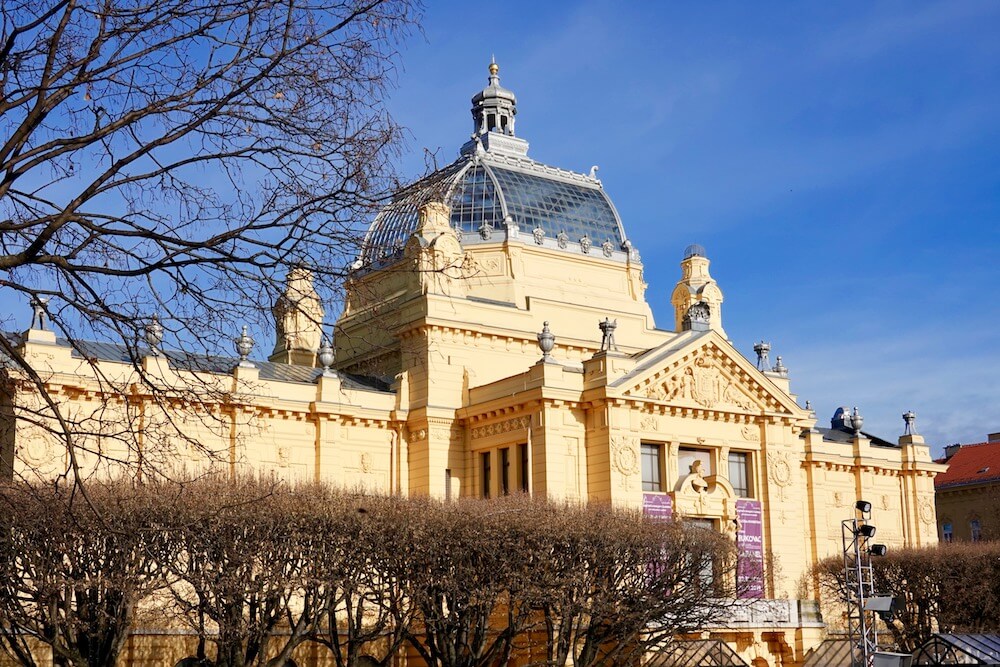
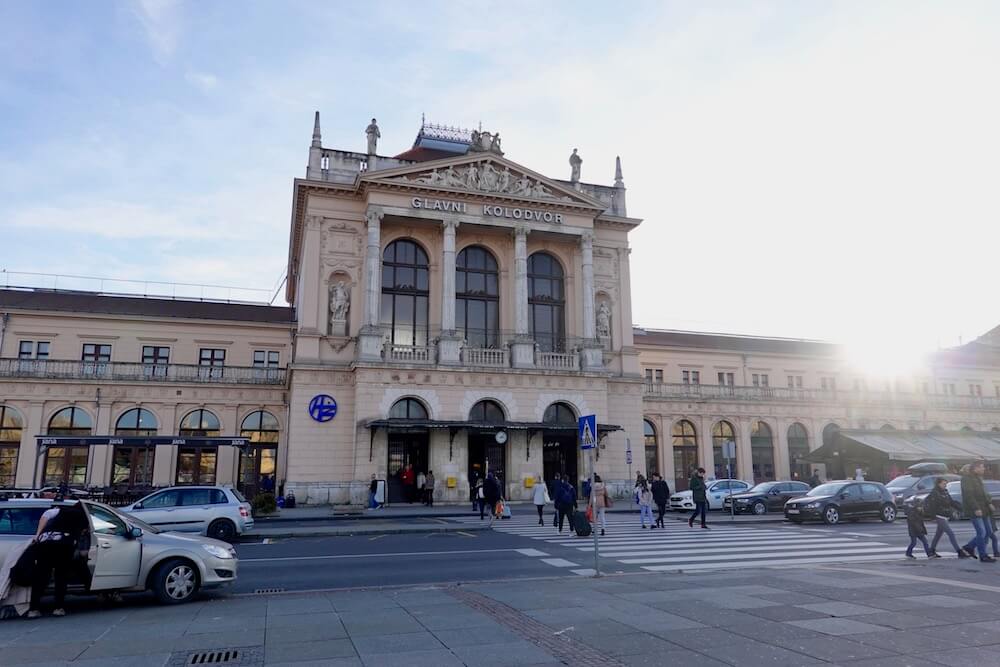
The statue is in the middle of Tomislav Square, which is surrounded by the Zagreb Art Pavilion (“Umjetnicki Paviljon”, pictured top), the central train station (pictured below) and the Importanne center, which is the first shopping mall built in Zagreb.
Built in 1896, the Art Pavilion is Southeast Europe’s oldest gallery.
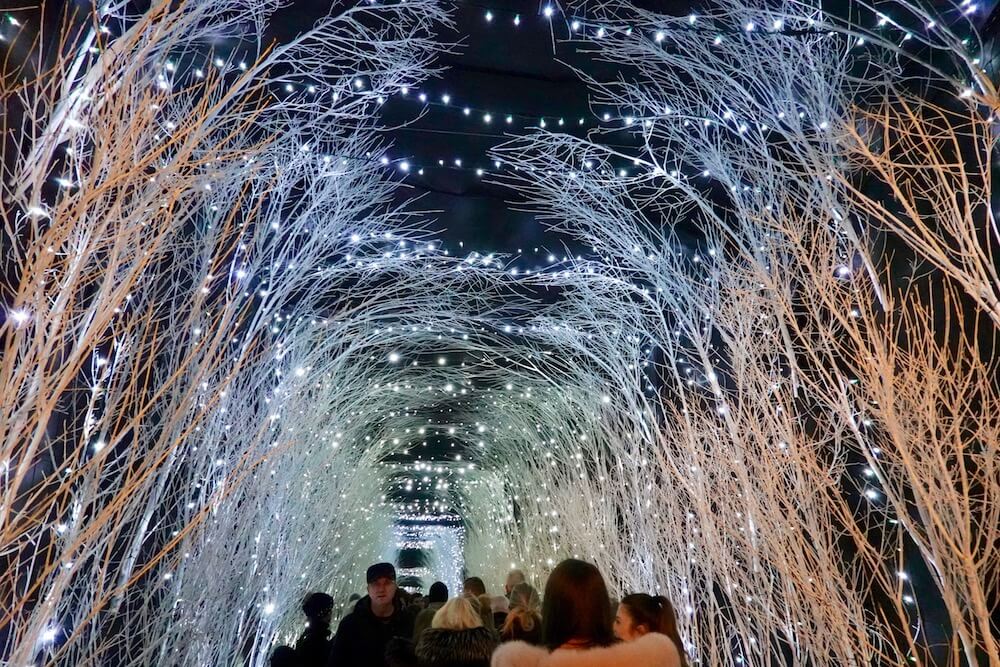
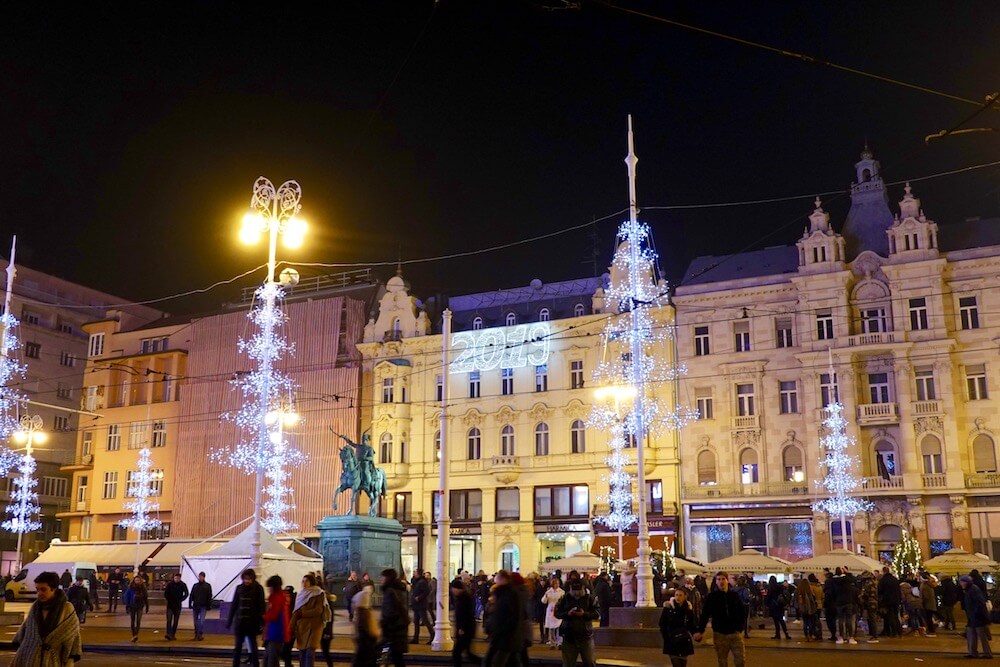
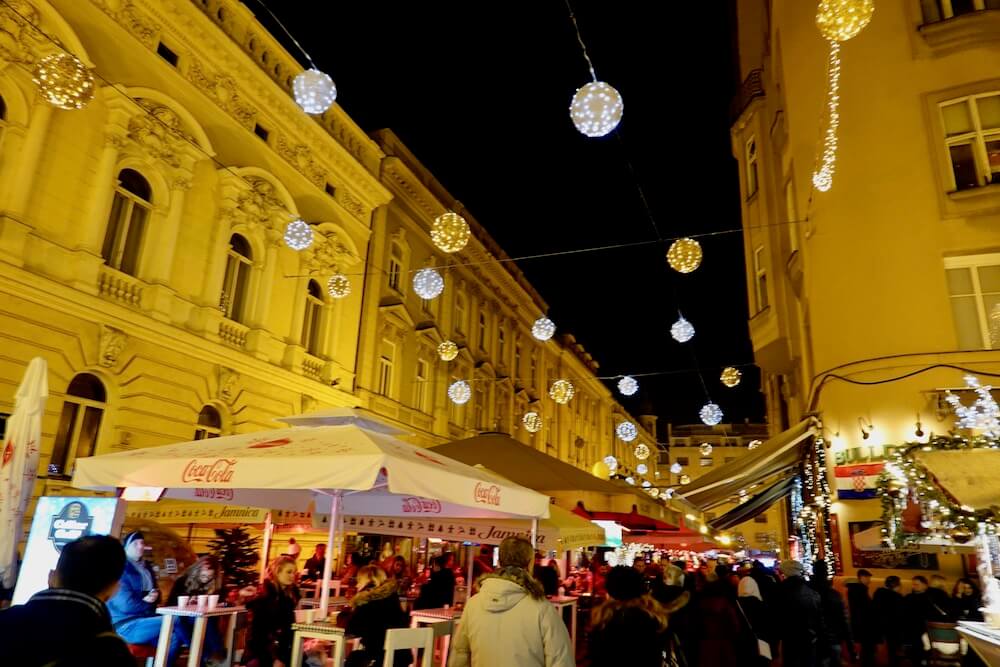
In winter, the Lower Town transforms into a glittering wonderland complete with an illumination tunnel, various live performances and a teeming Christmas market.
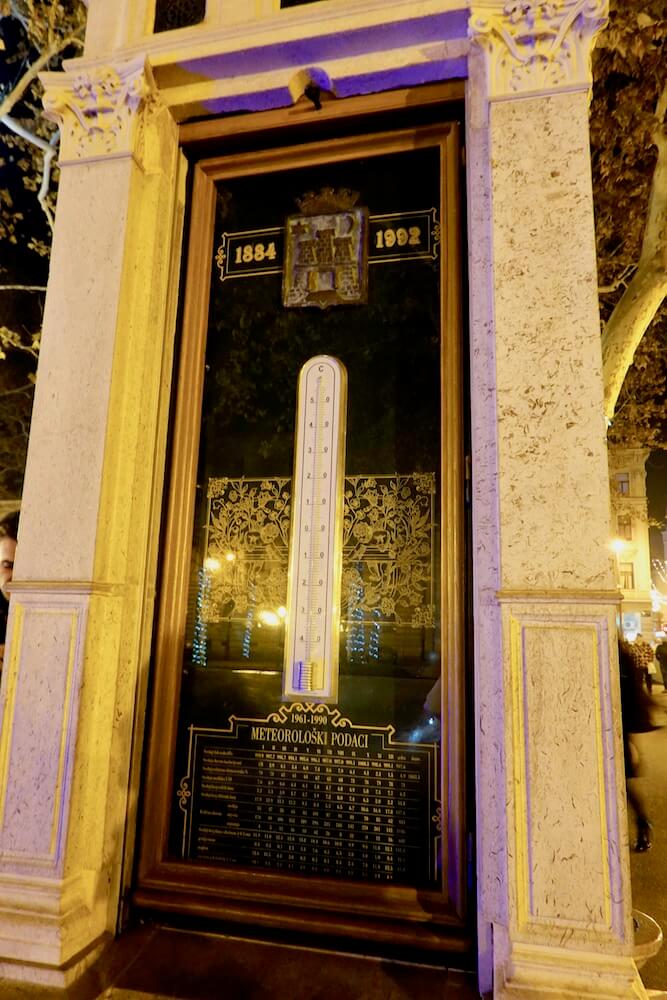
I even chanced upon a grand meteorological thermometer that still functions to this very day. If you need more reason to visit the city, Zagreb is located just over two hours from Plitvice National Park, one of Croatia’s most-visited destinations that boasts 16 aquamarine lakes and countless waterfalls.

0 Comments Add a Comment?